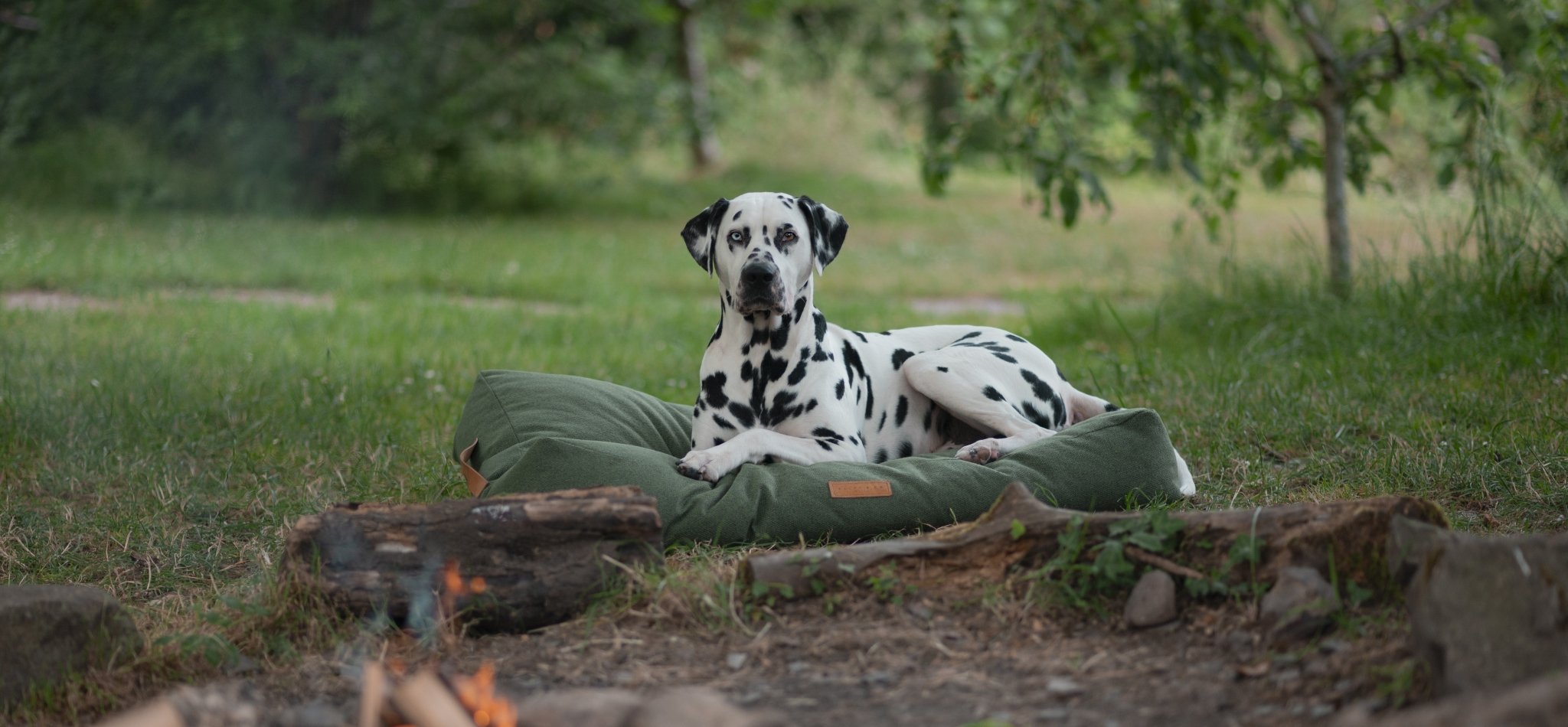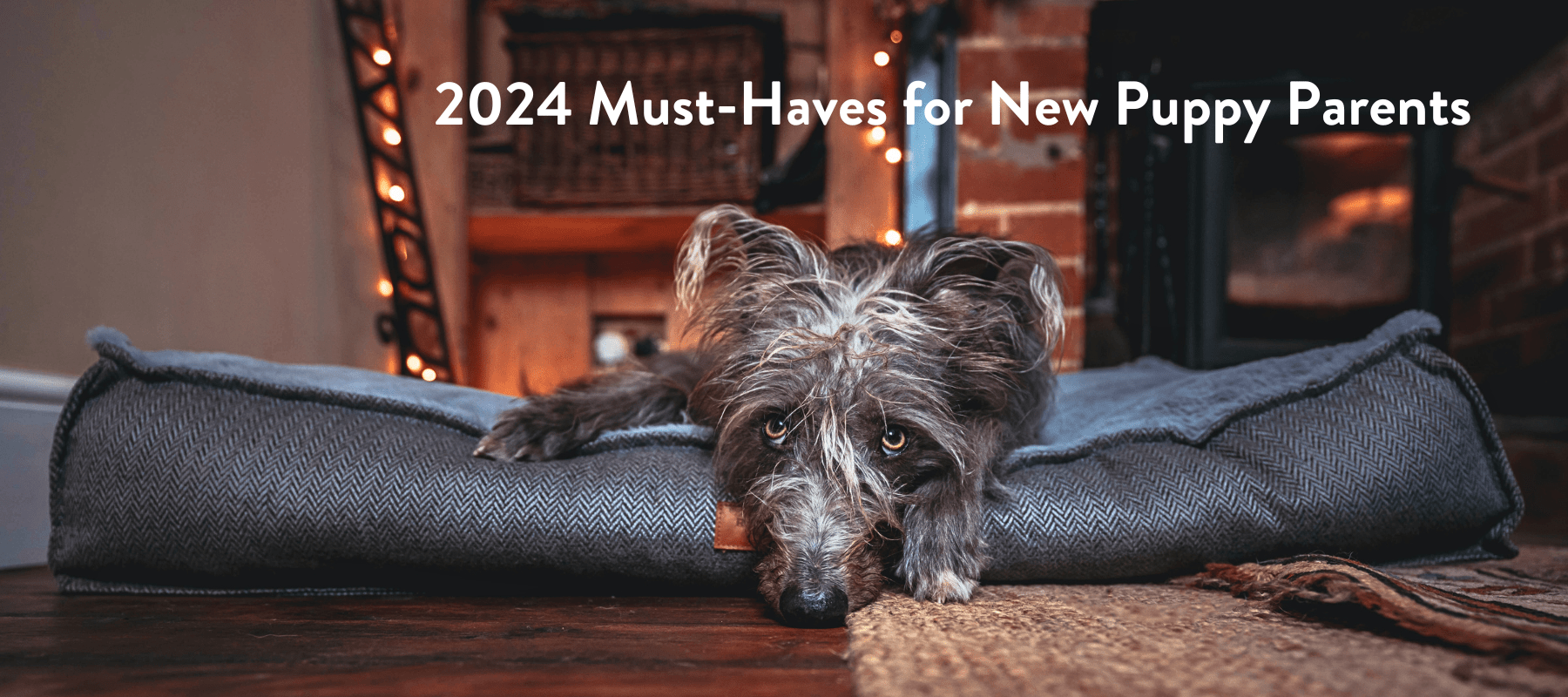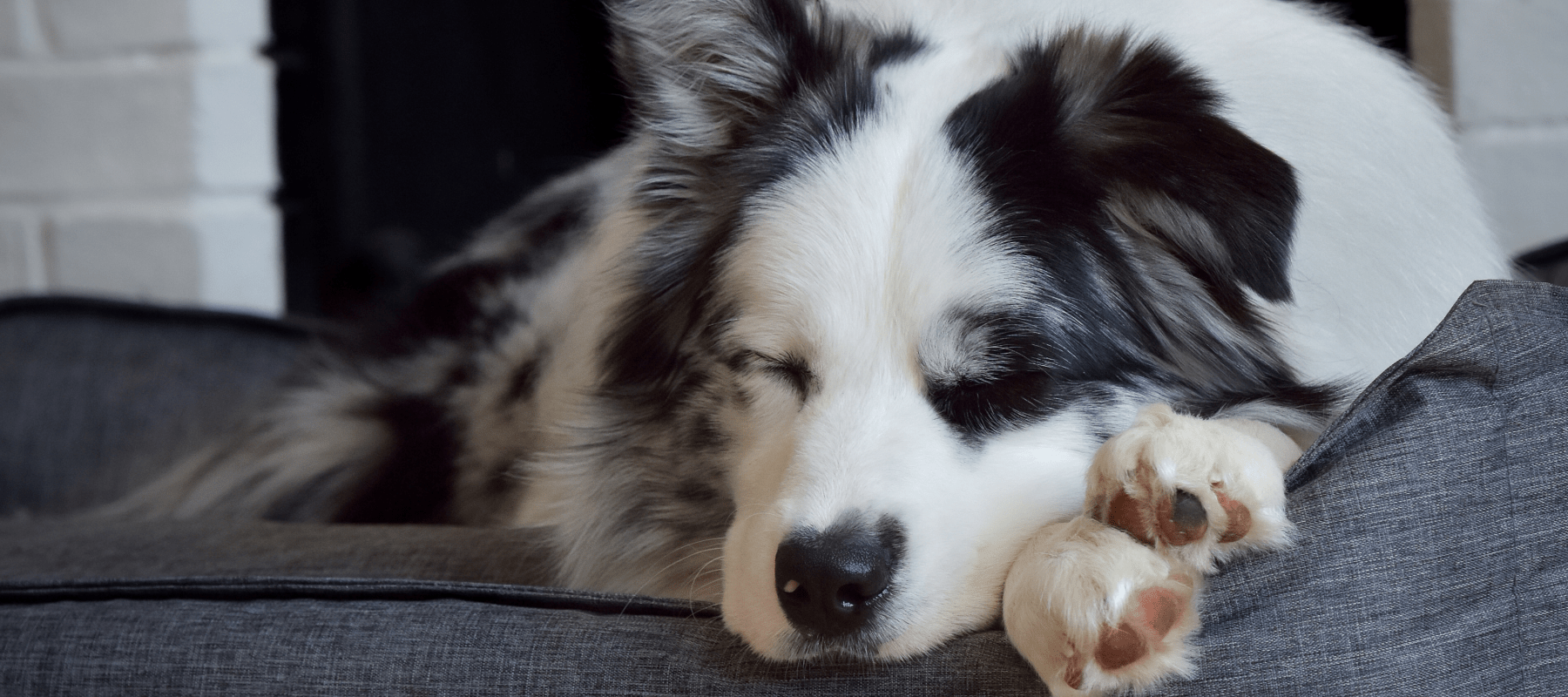
Behind the Scenes with a Dog Photographer and Content Creator
Taking great pictures of your dog can be challenging, and there’s a good chance you’ll end up with blurred and unimpressive images of your pet, no matter how well behaved they are on the day.
Fear not, because we went behind the scenes with a content creator, Lorren, who runs @polka_dot_loki on Instagram, to learn more about how she takes beautiful photos of her dog, Loki the Dalmatian…

About our guest: Lorren and Loki are social media influencers with over 80,000 followers on Instagram. We asked them to share their tips and tricks to build a community through beautiful pet photography.
Choosing the right camera for your photography
If you want to really get into photography, then you're going to have to have an entry-level DSLR or SLR camera. Lorren says: “I always shoot in manual. It's not nearly as difficult as people think, and you get a lot more control of your images than you ever will shooting on auto.
She recommends buying a second hand camera because you can get a better camera body, for the same price as a brand new, entry level camera kit.
You will want to upgrade in the future, regardless of the camera you start out with. As you hit the limitations of your device, you'll want to look at upgrading for a larger sensor, mirrorless or a range of lenses. Saving money by purchasing second hand, gives you the freedom to shop around for upgrades and a better body to start.
Investing in good lenses is key. Keep an eye out for fixed focal lengths such as a 85mm and a 50mm, with a lower f stop, depending on the photography you want to break into. While kit lenses can be useful when you're first starting out, beware as they're often made from a poorer quality glass to keep them affordable as a starter lens.
Lorren adds: “In my opinion, kit lenses are nowhere near the same quality, so I'd suggest investing in a good second-hand camera body and a 85mm f1.8 fixed focal length lens. For me, my go-to lenses are an 85mm and a 135mm. I do also use a 35mm and that's the widest I'll go, unless I'm shooting in an accommodation or scenic and want to capture more of the space.

Understanding your settings
When you get your first camera and you begin shooting manual, you'll need to learn about the exposure triangle which is all about balancing the ISO, your shutter speed and your aperture controls. This all sounds quite complicated but once you get the hang of it, it's quite easy, Lorren assures us.
-
ISO is one of the three pillars of the photography ‘exposure triangle’, along with shutter speed and aperture, that you can adjust when capturing a photo it increases the sensors sensitivity to light. High ISO settings cause grain or noise in images because they amplify the signal from the camera's sensor, including any electronic noise present, so you always want to shoot on the lowest ISO possible.
When shooting in manual, a lot depends on the natural lighting on the day of the shoot. However, a good rule of thumb is to set your ISO on 200, shutter speed to 1/1000th of a second for general pet shots as animals move quite a lot, and aperture set to f1.8 - 3.8.
The higher the aperture number, the shallower the depth of field which will allow more light to help give your photographs that soft background, also known as ‘bokeh’.
-
Shutter speed is a photography term that describes how long the camera’s shutter is open, exposing light onto the camera sensor or film. A fast shutter speed creates a shorter exposure and freezes the motion, while a slow shutter speed creates a longer exposure and blurs the motion.
Is your shutter speed too slow? If it is, your image will be blurry. If you have your ISO set too high, you'll get a grainy image. If you have your aperture set too wide, you'll find your image is too bright and if you have your aperture set too low, your photographs will be too dark.
Testing your settings and practicing really is key to progressing so don’t be afraid to go out and play around with your camera and its settings.
-
Aperture, when used in photography, refers to the “pupil” of your camera lens. You can shrink or enlarge the size of the aperture to allow more or less light to reach your camera sensor.
You should adjust your aperture to control the depth of field.
For a shallow depth of field with the soft bokeh background that is popular with professional photography, you'll need a really wide open aperture to let a lot of light in. You can balance this out with your shutter speed, using the viewfinder to check whether you’ve achieved the desired effect.

Plan ahead
If you're shooting at a public location that might be busy, consider whether you'd want someone else with you.
Check you have everything you will need to bring ahead of time, this includes your camera equipment, spare batteries and treats you might need to coax your dog into cooperating.
Don't forget to check that you've got your memory card! Most DSLR and SLR cameras will not shoot without one.
Training your dog
There's a lot you can do to prepare your dog ahead of a photoshoot, and make sure you get the shots you have in mind. Lorren recommends teaching your dog to settle on cue to make the session easier for you as a photographer.
She explains: “I taught my dog Loki 'head down' which just means to rest his chin on whatever he's lying on which is very cute. You can teach your dog to wave as well or do a 'sit pretty' where they like rear up on their back legs. But typically a good solid 'stay' is enough to get what you want. Teaching them to settle allows you to get the shot of your dog without them shooting off and doing other things!”
Selecting a time and location to photograph
We’ve all heard by now of the magical ‘golden hour’ that photographers live for. This varies depending on the time of year but a quick Google search will let you know the exact time every day.
Lorren says: “The time and location are secondary to the sun for me, as when the sun is at its softest and most golden, that's the perfect time for photography. It makes for really dreamy, soft, well lit photos. I always like to shoot with a lens that has a really good focal length and gives me a really, really soft background.”

Where it pays to go professional
If your dog is older or unwell and you’re photographing them as a keepsake, it may be worth contacting a professional photographer to ensure you capture their personality and even better, you can be in the shot with your pet. It can be expensive but it’s worth the investment to make sure you have images of the highest quality for you to remember your pet by.
If you’d like to learn more about animal photography and growing a following on social media, Lorren shares her expertise in her latest Dogography 101 Ebook.
Best of luck on your next photoshoot with your dog, we hope that the knowledge shared here sets you on a path to beautiful pet portraits!



Leave a comment
This site is protected by hCaptcha and the hCaptcha Privacy Policy and Terms of Service apply.